Audio
Matt Clayton - Blind Sports Australia
Ablequest by
2RPH3 seasons
5/5/2023
13 mins
Blind Sports Australia CEO Matt Clayton speaks about its work with blind and vision impaired athletes across 21 sports.

Blind Sports Australia is a national sporting organisation for blind and vision impaired athletes covering 21 sports. Marni Roper spoke with Matt Clayton, CEO of Blind Sports Australia, about the organisation, an exhibition tennis match played at the 2023 Australian Open, and also what BSA offers in AFL and Archery.
Original air date: 05.05.23
Speaker 1 00:04
With information on the latest developments in assistive technology and initiatives, from the studios of 2RPH in Sydney, RPH Australia brings you AbleQuest. Hello, I'm Barbara Sullivan. Blind Sports Australia, formerly known as the Australian Blind Sports Federation, was founded in 1980 and was a founding member of Paralympics Australia.
Speaker 1 00:34
It is a national sporting organisation for blind and vision impaired athletes, helping to create pathways and opportunities for people to participate in blind sports from a grassroots community level right up to elite competition.
Speaker 1 00:48
BSA is a not -for -profit organisation with more than 21 sports available for blind and vision impaired people to participate in, as well as an online store selling specialist sporting equipment. For the first time at any Grand Slam event, an exhibition match of Blind Tennis was played at the 2023 Australian Open.
Speaker 1 01:10
Marnie Roper talked to the CEO of Blind Sports Australia, Matt Clayton, about this exhibition tennis match, and with a large choice of 21 sports, she also picked AFL and archery to discuss in more detail.
Speaker 2 01:25
Before we get into the sports themselves, let's talk about blind sports Australia. It's history and how you became involved as CEO.
Speaker 3 01:34
Yeah, of course, money. So Blind Sports Australia has been around since 1980. We used to be called the Australian Blind Sports Federation. That name has changed in about 2010 to what we now know as Blind Sports Australia.
Speaker 3 01:44
So we're a founding member of Paralympics Australia, so we've been involved in that Paralympics movement for some time. We're also a member of the International Blind Sports Federation, which is the International Federation for a lot of sports.
Speaker 3 01:55
So we've got quite a rich history in the country as a national sporting organisation, particularly focusing on blind and vision impaired sports. I guess for me, my involvement, I've been involved in running a lot of profits for around 25 years.
Speaker 3 02:07
A lot of those with the recreational basis. I've been involved with the Lord's Taverners in Victoria for about nine years who'd supported a lot of different sports, particularly Blind Cricket was one of their marquee sort of areas.
Speaker 3 02:18
I actually got an opportunity to encounter Blind Cricket and to the point of I used to go down and watch matches not far from me whenever I was on Blind Cricket myself. So I've got a real connection and a real buzz for the sport.
Speaker 3 02:28
Well, I actually finished a stint at another not -for -profit after some time and this role came up. I was approached and it was for me was a perfect marriage. It's something that I was passionate about.
Speaker 2 02:38
And what do you see as the main roles of blind sports Australia?
Speaker 3 02:42
Primarily all of our work is around working with our members. We've got members across the country and across a number of sports. So for us it's around growing opportunities for participation in and blind and vision -impaired sports across the country.
Speaker 3 02:53
So that can take different sort of shapes whether that's providing education, whether that's providing opportunities for community or sporting clubs, teachers or schools, around how to actually involve someone who is blind or vision -impaired to be involved in sport.
Speaker 3 03:07
So it's around opening up opportunities and breaking down some barriers around that. We do a lot of work with athletes and teams across the country seeking to participate in national events such as the Paralympic Games or the Ipsidwell Games which is coming up later this year.
Speaker 3 03:21
We then work with athletes around things such as classification, events registration and then we work with other national sporting organisations like Tennis Australia to help grow opportunities for people with vision impairment to get involved in those sports as well.
Speaker 2 03:35
Well I learned about your organisation back in January when for the first time at the Australian Open Tennis there was an Adults Blind and Low Vision Tennis Exhibition, a first at any Grand Slam I believe.
Speaker 2 03:48
Tell us about that.
Speaker 3 03:51
an amazing opportunity so we're really fortunate that mastercard wanted to get involved in this area they had seen blind tennis taking part in other parts around the world and thought what a great opportunity to work with an organisation to focus on the sports so we had an opportunity to work with Mastercard, Tennis Australia and then people like Alicia Mollick to really raise the profile of the game and in particular to celebrate the real champion athletes that we have involved not only in blind and vision impaired tennis but also in other blind and vision impaired sports as well we've had an overwhelming response to it so both here and overseas, some people wanting to know more about what happened at the Australian Open more about the sport itself and giving us opportunities to reach out to parts of Australia in particular that don't have exposure to the sport to actually go in and run some programs or to develop some coaching opportunities so that we grow that sport even further we're fortunate the fact that tennis is one of those sports you can actually go and play at a local club and you don't need to have a big group of players to do it to the opportunity to see a lot of our blind and vision tennis players out on court in front of crowds playing sport they love was amazing some of the billboards around the place had imagery of some of the players who are involved in the campaign yeah it was quite overwhelming to be honest
Speaker 2 05:07
And there is a classification of players from B1. I know they wear a blindfold. So people have different levels of vision.
Speaker 3 05:16
Yeah, that's correct. So across blind and vision impaired sports, there are some traditional categories that are in place. They vary a little bit, sometimes depending on the sport, but traditionally we have B1, B2 and B3 athletes.
Speaker 3 05:28
So a B1 athlete, generally they're people who have no vision or extremely low vision. So in a lot of sports, as you mentioned, they'll wear a blind fold or eye shades just to make sure that the other athletes they compete against are all in that same boat in terms of being a B1.
Speaker 3 05:43
We have B2 athletes who change generally as a rough guy have the ability to recognise objects up to about a distance of two metres away and then B3 athletes who can recognise contours between about two and six metres away.
Speaker 3 05:56
That's a general way of understanding the difference in the levels of vision.
Speaker 2 06:01
and just explain how the game is played, what's the difference.
Speaker 3 06:05
and low vision tennis is a platinal traditional court. Depending a little bit on what the classification level is, that court will be reduced in size just a little bit. So for our B1 athletes who take part in the sport, the court will actually be reduced quite a bit from the end.
Speaker 3 06:19
It's slightly more towards where the return line is from the service lines and it's also a tactile line. So there's a bit of string or a bit of rope that goes under under some tape on the court so that people can actually rub their foot across the court to know how deep they are in the court.
Speaker 3 06:34
For our other athletes, generally a traditional court with the service line just reduced a little bit but the main difference is apart from the size of the ball which is about 9mm on a soft foam as opposed to a traditional tennis ball that bounces opposite quite a lot.
Speaker 3 06:48
It's a fact that it's a different number of bounces depending on your level of vision. So for a B1 or B2 athlete, the ball can actually bounce three times. For a B3 athlete it can bounce twice. We do have B4 category as well where they can just have the traditional one bounce.
Speaker 2 07:03
And the ball is audible, isn't it? It's got a...
Speaker 3 07:06
That's right, yeah, it has a little rattle in it, so you don't necessarily hear it when it's in the air, but once it bounces you can really hear it, hence when you have the extra bounces in place. So that's how, particularly an athlete with very low vision, can determine where the ball is.
Speaker 3 07:19
So the first bounce will be, oh, okay, the ball's in that direction. Second bounce, okay, then I move my body to go towards that, and then if they need a third bounce, just to help them to better say, well, now I can play that shot.
Speaker 2 07:30
And is the racket the same sort of size?
Speaker 3 07:32
The general records are a little bit smaller and part of that is because the ball is a lot lighter. If you had a traditional big racket, it's a big larger swinging arc to be able to hit the ball. So it just helps in terms of the play.
Speaker 2 07:44
And you mentioned Alicia Mollick, who was there at the open, and she, I think, said that it wasn't quite so easy to hit it.
Speaker 3 07:55
No, no indeed. And look, Alicia was a great sport but really got involved in the process. So when we did some filming for some of the promotional work around it, Alicia actually got involved and played a rally against one of our B2 athletes, so Courtney Webeck.
Speaker 3 08:09
And we gave the option to wear a simulation glass which reduced vision, so to like a B2 or B3 athlete, or she could wear a complete blockout so we would see nothing. And she decided, well I'm just going to go for it and not have any vision and use the full blockout glasses.
Speaker 3 08:25
I think she was really surprised by the fact that even though she had really close skills in terms of being able to serve a ball, for instance, I'd probably say 15 -20 times try to serve the ball and couldn't actually make contact with the ball.
Speaker 3 08:35
But something she has done, I won't even say 1 ,000, say millions of times, being able to use a different sense to better play the game, changes that perception a lot for people and that's where the real difference I guess is in using some other senses to better play the game.
Speaker 2 08:49
So let's hope there's a lot more exhibition matches around the world.
Speaker 3 08:54
Absolutely. And we look very fortunate to have Tennes Australia's doing a lot of work nationally and at state level to be able to have more competitions and more exposure for the game itself.
Speaker 2 09:03
Now Matt, I'm a follower of AFL and was delighted to see it on your list of sports. How's it played?
Speaker 3 09:11
AFL Blind is one of our newer sports and it's really captured people's imagination. It looks like it's an additional game of AFL. It's interesting you picked out Tenison AFL. It's probably two of the fastest growing sports in the country.
Speaker 3 09:22
For a lot of people you're either rugby or an AFL fan or sometimes both. So people have that real affinity and connection with AFL. So it's played indoors just so that sense of control over sound and light can be maintained.
Speaker 3 09:34
How it's played certainly here in Victoria, it's on a court about the size of three indoor cricket nets is probably the easiest way to describe it. And similarly in terms of the surface and the netting itself, it's an audible ball.
Speaker 3 09:44
So an audible sharon which is a little bit smaller and soft touch that beeps constantly. Which a lot of the athletes find quite interesting because after a while it's almost annoying in terms of how audible it is.
Speaker 3 09:54
Then when the ball goes inside the arcs, a bit like the 50 metre circle, there's them noise behind the goal so that that is displayed in determining where the goal area is. That's where the main modifications are put in place.
Speaker 2 10:06
Now with 21 sports listed on your website, it was difficult to pick out specific sports to discuss with you today, but Archery caught my attention. How does this work?
Speaker 3 10:17
Yeah, Archery is a great sport. It's relatively small here in Australia, but we have some great Archers who are involved who are always going to grow the games. Generally, Archery involves the use of a tactile device to attach us to a tripod, sort of acts as a reference point.
Speaker 3 10:31
So it provides that sort of sense of touch on the back of the hand or arm. Just by the elbow, so that the Archers can determine where the shooting towards, where their aim actually is, so that they can determine where they are in relation to the target.
Speaker 3 10:45
But then, obviously, they need to take into account things such as wind, etc., which is the same as any Arch would do. But for a lot of those Archers, it's a little bit more about how that feels on them, rather than what they can actually see.
Speaker 3 10:57
Outside of that, some athletes also use a wooden device just to assist them in lining up their feet and body in the right direction. Outside of that, it's pretty much the same as most other Archery competitions, apart from the fact that they have a spotter who provides information to them around the outcome of the shot.
Speaker 3 11:12
They also let the Arch know if there's any safety warnings that it might be in place.
Speaker 2 11:16
Amazing and I believe that you're hoping it will soon be included in the Paralympics.
Speaker 3 11:22
Absolutely, it's one of those sports, particularly with archery already being in the Paralympics itself, to be able to have the vision impaired classification included isn't necessarily a big stretch.
Speaker 3 11:31
So we're certainly hopeful that's something that will come about soon.
Speaker 2 11:34
Matt, as you mentioned in the beginning, your organisation, Blind Sports Australia, is the national body that coordinates sport for the blind and vision impaired. So what's the best way for listeners to find out more about all these sports?
Speaker 3 11:48
Probably the easiest thing for people to do is to go to our website. On our website we've got a range of information, as you mentioned, about the different sports. So the moment we have information for around 21 sports, I think I need to go back and do a bit more work, because there's some more sports that have come on board since we even did that work.
Speaker 3 12:04
In there includes some video imagery for those people who are actually able to access that, but we also provide information around the pathways, who to get contacted, get involved, what's the equipment that's involved in that particular sport, so people can have a real sense of that before they go in.
Speaker 3 12:18
It's like, I want to get involved in that in terms of playing or coaching or unpiring along those sort of lines. We've got information on classification. We've just opened up recently an online store where people can actually purchase audible sporting equipment.
Speaker 3 12:32
It was one of the biggest barriers we found in Australia, is actually people being able to get hold of equipment that is audible. Generally you have to go overseas to purchase it, so we've been able to arrange to have people purchase that here.
Speaker 3 12:43
You can look at what our member organisations are, how people connect, either locally or with different sports through our members, and the site's fully accessible. The site's been set up so that people can actually access it in a range of different ways, including having an accessible tool which people can click on to adjust contrast, navigation, text, etc.
Speaker 3 13:02
as well. And our website is blindsportsaustralia .com .au.
Speaker 2 13:07
Matt, thank you so much. That has been so interesting and well done to Blind Sports Australia.
Speaker 3 13:13
thank you so much money
Speaker 1 13:14
Marni Roper has been speaking with Matt Clayton, CEO of Blind Sports Australia. And don't forget, this edition of AbleQuest will be available as a podcast on the 2RPH website. You have just been listening to AbleQuest, a program that looks at developments in assistive technology and initiatives.
Speaker 1 13:38
From Barbara Sullivan and Marni Roper, thank you for listening and goodbye till next program.
Continue listening

Blind Sports Australia CEO Matt Clayton speaks about its work with blind and vision impaired athletes across 21 sports.
Matt Clayton - Blind Sports Australia
Ablequest by 2RPH
5/5/2023
•13 mins
Audio

Vivid, Sydney's celebration of creativity, seen from a disability access focus by its director.
Gill Minervini - Vivid
Ablequest by 2RPH
19/5/2023
•14 mins
Audio

This program discusses dance movement therapy and how it works - featuring Cecilia King of the Dance Therapy Association.
Cecilia King - Dance Therapy
Ablequest by 2RPH
14 mins
Audio

What are the challenges of providing audio description on Oz TV? Hear Lauren Henley, Aust Federation of Disability Organisations.
Lauren Henley - Audio Description
Ablequest by 2RPH
16/6/2023
•14 mins
Audio

In Part 1 of a 2RPH interview, assistive tech expert David Woodbridge explores latest innovations to make everyday life easier.
David Woodbridge - Tech Update Part 1
Ablequest by 2RPH
30/6/2023
•14 mins
Audio

Features Robert Duff-Silsby of Luddi, Perth company developing assistive devices for all people and bodies.
Robert Duff-Silsby - Sexual Wellbeing
Ablequest by 2RPH
13 mins
Audio

In Part 2 of this conversation with 2RPH's Ablequest, expert David Woodbridge reviews latest assistive technologies.
David Woodbridge - Tech Update Part 2
Ablequest by 2RPH
28/7/2023
•14 mins
Audio

Matt Clayton of Blind Sports Australia and the Oz team's Chef de Mission, discusses the forthcoming World Blind Games in the UK.
Matt Clayton - World Blind Games
Ablequest by 2RPH
11/8/2023
•13 mins
Audio

Prof Kim Marriott of the Monash Assistive Technology and Society Centre, talks about the purpose and work of the Centre.
Kim Marriott - Monash Assistive Technology and Society Centre
Ablequest by 2RPH
25/8/2023
•13 mins
Audio

Ablequest features an interview with Serena Ovens, new CEO of Assistive Technology Supplies Australia or "ATSA".
Serena Ovens - Assistive Technology Supplies Australia
Ablequest by 2RPH
14 mins
Audio

Part 1 of an interview on the voice-activated app, Bindi Maps.
Anna Wright - Bindi Maps (Part 1)
Ablequest by 2RPH
14 mins
Audio

This is Part 2 of an interview with Dr Anna Wright, explaining how Bindi Maps works.
Anna Wright - Bindi Maps (Part 2)
Ablequest by 2RPH
14 mins
Audio

Artist Ebony Wightman of disability-led We Are Studios talks about art and challenge.
Ebony Wightman - We Are Studios
Ablequest by 2RPH
20/10/2023
•13 mins
Audio

Prof. Leeanne Carey discusses the SENSe program, her team's world-first therapy to help stroke survivors.
Leeanne Carey - SENSe Therapy
Ablequest by 2RPH
2/11/2023
•13 mins
Audio

Youthworks Accessibility Minister Bec Baines talks of making church accessible to young people with disabilities.
Bec Baines - Youth and Worship
Ablequest by 2RPH
16/11/2023
•14 mins
Audio

Nikki Hind, Australia's first blind fashion designer, discusses her work.
Nikki Hind: Blind Grit
Ablequest by 2RPH
1 December 2023
•14 mins
Audio

Dr Dimity Williams, family GP, recommends spending more time in nature - and a "green hour" each day.
Green Hour: Dr Dimity Williams
Ablequest by 2RPH
5 December 2023
•14 mins
Audio

Imagine sitting in a wheelchair for hours, being unable to move your fingers or arm to do simple things like pick up a glass.
Konstanze Hager - Bateo
Ablequest by 2RPH
Konstanze Hager - Bateo
•14 mins
Audio

Action Audio is a new language being created to transcend sport.
Machar Reid - Action Audio
Ablequest by 2RPH
Machar Reid - Action Audio
•14 mins
Audio

What a difference one person with experience, passion and energy can make to many lives.
Julie Ross-Edwards - Head High
Ablequest by 2RPH
Julie Ross-Edwards - Head High
•14 mins
Audio

Driver educator outlines what's needed for a person with disability to get a driver's licence.
Ronak Shah: on-road driving education
Ablequest by 2RPH
12 January 2024
•14 mins
Audio

Vision Australia's Christo Sarantakis talks of his life, blindness and assistive tech changes.
Christo Sarantakis of Vision Australia
Ablequest by 2RPH
26 January 2024
•14 mins
Audio

Introducing Australia's first pictureless feature film, TOUCH, showing in Sydney.
Majella Knobel: "Touch" - open air movie
Ablequest by 2RPH
9 February 2024
•14 mins
Audio

An expert discusses the use of horticultural therapy for people with disabilities.
Steven Wells: horticultural therapy
Ablequest by 2RPH
23 February 2024
•14 mins
Audio

Features articles on latest blind-assistive tech including a new bus app and smart ear buds.
Assistive tech news catchup
Ablequest by 2RPH
8 March 2024
•14 mins
Audio

Features an innovative hospitality industry training program for people with disabilities.
Saraya O'Connell - Hotel Etico Independence Program
Ablequest by 2RPH
22 March 2024
•14 mins
Audio

Guests discuss the Obi robotic dining assistant for people with upper arm disabilities.
Hugh Kingley and Rachel Dekkar: Obi
Ablequest by 2RPH
19 April 2024
•14 mins
Audio

A spy-themed computer program tackles the mystery of social encounters - outlined by its company's CEO.
Kathleen Davey - Social Science Translated
Ablequest by 2RPH
3 May 2024
•14 mins
Audio

A Sydney organisation delivers creative arts and life skills to people with disabilities.
ChoppA Green - Studio Artes
Ablequest by 2RPH
17 May 2024
•14 mins
Audio

An award-winning Central Coast NSW disability service shares its successful strategies.
Lonestar Makoni - Breaking Barriers Disability Services
Ablequest by 2RPH
31 May 2024
•14 mins
Audio

Part 1 of a conversation with an Australian neuroscience research pioneer about benefits of music in brain injury recovery.
Professor Sarah Wilson (part 1)
Ablequest by 2RPH
14 June 2024
•14 mins
Audio

Part 2 of a conversation with a leading neuroscientist of benefits of music in brain injury recovery.
Professor Sarah Wilson (part 2)
Ablequest by 2RPH
28 June 2024
•14 mins
Audio

A CEO talks about his company's award-winning assistive physical therapy device.
Justin Keenan - LusioMate
Ablequest by 2RPH
12 July 2024
•14 mins
Audio

Information about a program teaching good cyber-security practices to make daily life safer.
Jess Wilson: Be Connected
Ablequest by 2RPH
26 July 2024
•14 mins
Audio

A veteran print disability broadcaster with macular degeneration shares her experiences.
Teresa Plane - 2RPH
Ablequest by 2RPH
9 August 2024
•14 mins
Audio

The founder of a blind-assistive technology company shares latest developments.
Peter Ford - Control Bionics (part 1)
Ablequest by 2RPH
6 September 2024
•14 mins
Audio

Part 2 of an interview with the head of an innovative blind-assistive technology company.
Peter Ford - Control Bionics (part 2)
Ablequest by 2RPH
20 September 2024
•13 mins
Audio

Looks at a project to better inform refugee and migrant women on AI.
Good Things - Jess Wilson
Ablequest by 2RPH
4 October 2024
•14 mins
Audio

An expert with lived experience corrects some widespread misconceptions about stuttering.
Dale Williams - Stuttering Awareness Day
Ablequest by 2RPH
18 October 2024
•14 mins
Audio

An inventor discusses his an innovative cane tip to help people with blindness or low vision.
Peter Rickards - Sensaball
Ablequest by 2RPH
15 November 2024
•13 mins
Audio

Part 1 of an interview with an Australian expert on low-vision-assistive technology, on AI and other developments.
David Woodbridge (part 1)
Ablequest by 2RPH
29/11/2024
•14 mins
Audio

Conclusion of an interview with a leading Australian expert on blind-assistive technology.
David Woodbridge (part 2)
Ablequest by 2RPH
13 December 2024
•14 mins
Audio

Looks at the leading stroke treatment work of the Royal Rehabilitation Hospital, Ryde NSW.
Jason Redhead and Graham Cooper of Royal Rehab Ryde
Ablequest by 2RPH
10 January 2025
•14 mins
Audio

An innovative social media platform aims to address isolation and loneliness in the disability community.
Steve Bear - Alvie
Ablequest by 2RPH
7 February 2025
•12 mins
Audio

Australia's largest provider of Auslan sign services outlines its important work.
Brett Casey - Deaf Connect
Ablequest by 2RPH
21 February 2025
•14 mins
Audio

Looks at an Australian organisation's work at helping men seek help and build self-awareness.
Tommy Herschell - Find Ya Feet
Ablequest by 2RPH
7 March 2025
•14 mins
Audio

A speech pathoplogist discusses her work with young people's complex communication needs.
Denise West - Scope
Ablequest by 2RPH
21 March 2025
•14 mins
Audio

A vision-impaired disability rights advocate talks of her work and learning podcast skills.
Freya Wolf
Ablequest by 2RPH
4 April 2025
•14 mins
Audio

A leading Australian eye researcher talks of his team's work in creating new hope for people with retinal damage.
Raymond Wong - Centre for Eye Research Australia
Ablequest by 2RPH
18 April 2025
•14 mins
Audio

A wheelchair-using business owner, facilitator and car rally driver shares experiences and insights.
Mel Harrison - Sitting Low, Reaching High
Ablequest by 2RPH
2 May 2025
•13 mins
Audio

Disability Pride Month in July promotes awareness about people with disability and also celebrates individuals with disability.
Hannah Solomons - Sydney Disability Pride
Ablequest by 2RPH
Hannah Solomons - Sydney Disability Pride
•14 mins
Audio
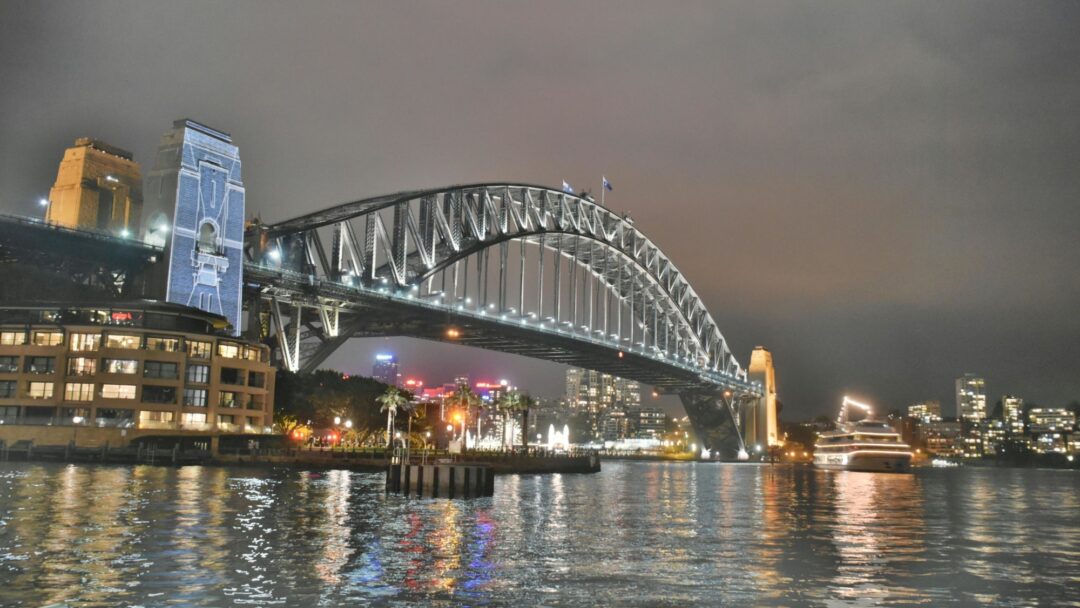
Deb Roach is a three-time pole dancing world champion yet she has only one arm.
Deb Roach
Ablequest by 2RPH
Deb Roach
•13 mins
Audio
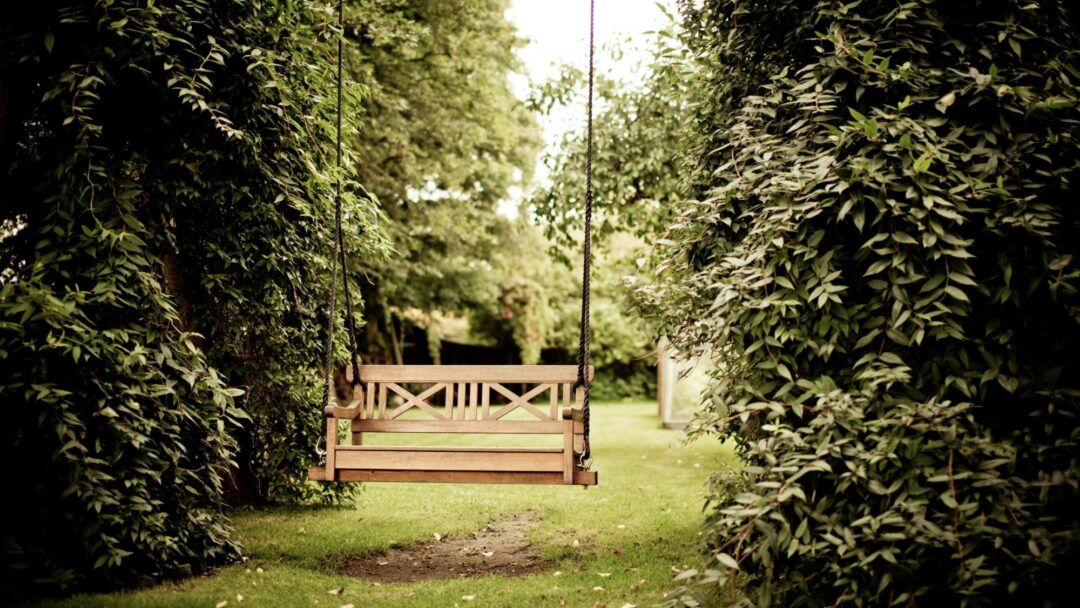
Being in nature is good for you whether it is being in the garden or walking along the beach.
Kayte Kitchen - Admirari Nature Therapy
Ablequest by 2RPH
Kayte Kitchen - Admirari Nature Therapy
•14 mins
Audio
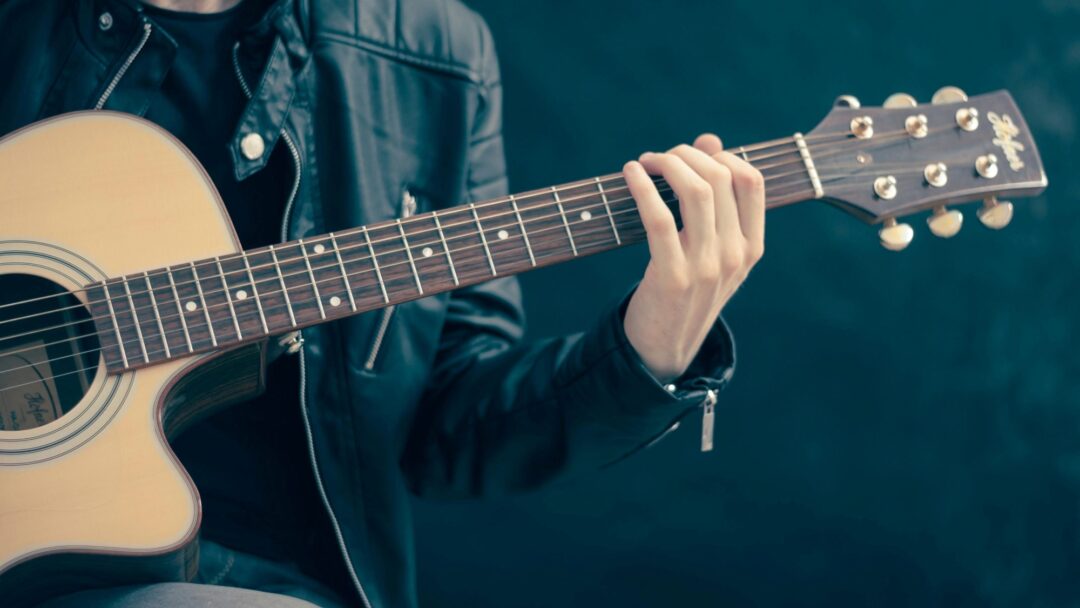
Music can evoke emotions that bring back memories and the same is true for people living with dementia.
Zara Thompson - Music Therapy
Ablequest by 2RPH
Zara Thompson - Music Therapy
•14 mins
Audio
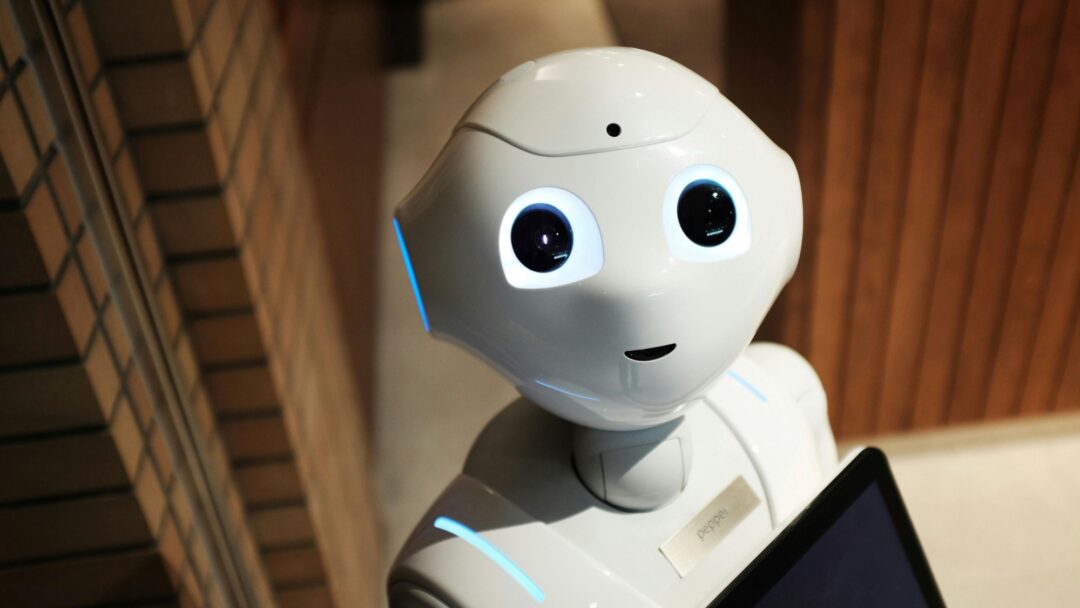
Laura Boccanfuso is founder and CEO of Van Robotics, a social robotics company based in South Carolina in the United States.
Laura Boccanfuso - Van Robotics
Ablequest by 2RPH
Laura Boccanfuso - Van Robotics
•14 mins
Audio
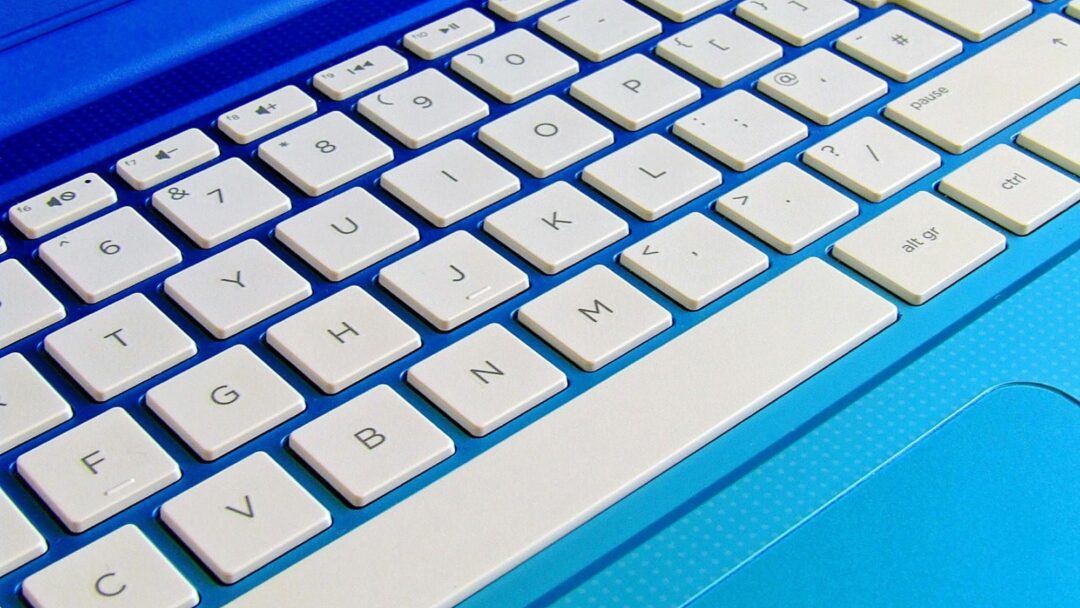
Two years ago Maggie O'Connell, in her mid 20's never had a full time job.
Maggie O'Connell - AFP
Ablequest by 2RPH
Maggie O'Connell - AFP
•14 mins
Audio
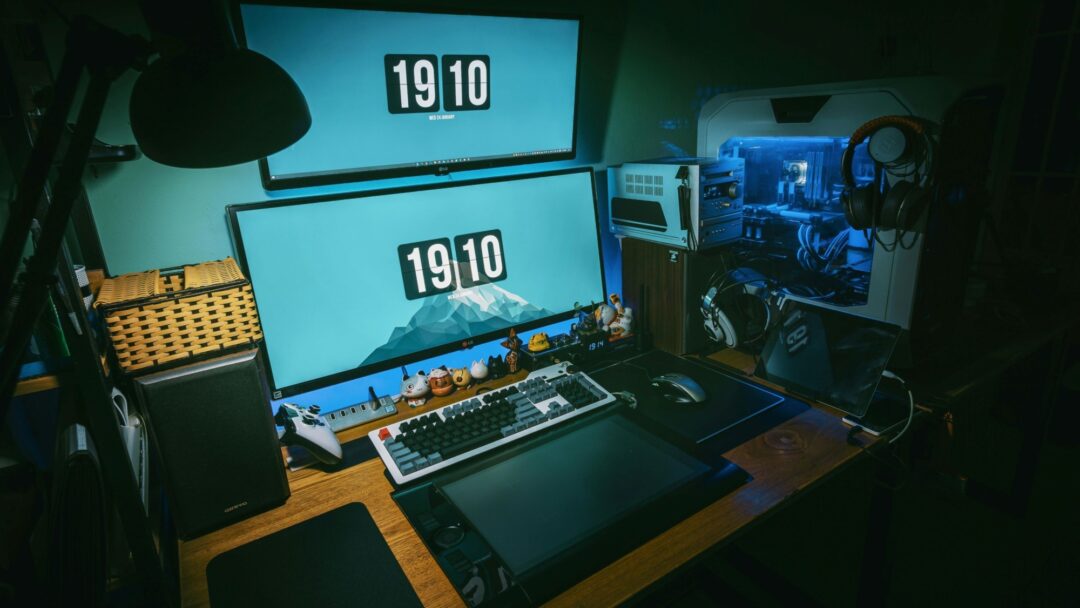
Julie Ross-Edwards, founder of Head High Disability Services, returns to Ablequest to speak more about Head High's philosophy and special approach.
Head High (Update)
Ablequest by 2RPH
Head High (Update)
•13 mins
Audio
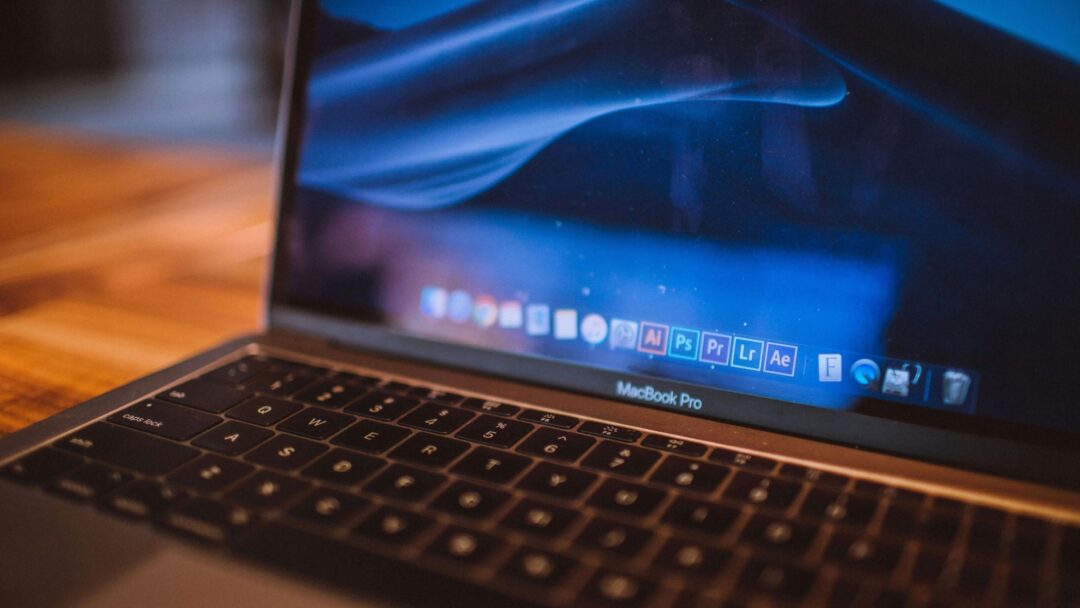
David Woodbridge, an expert in assistive technology for people with no or low vision, is a regular guest on Ablequest.
David Woodbridge
Ablequest by 2RPH
David Woodbridge
•14 mins
Audio
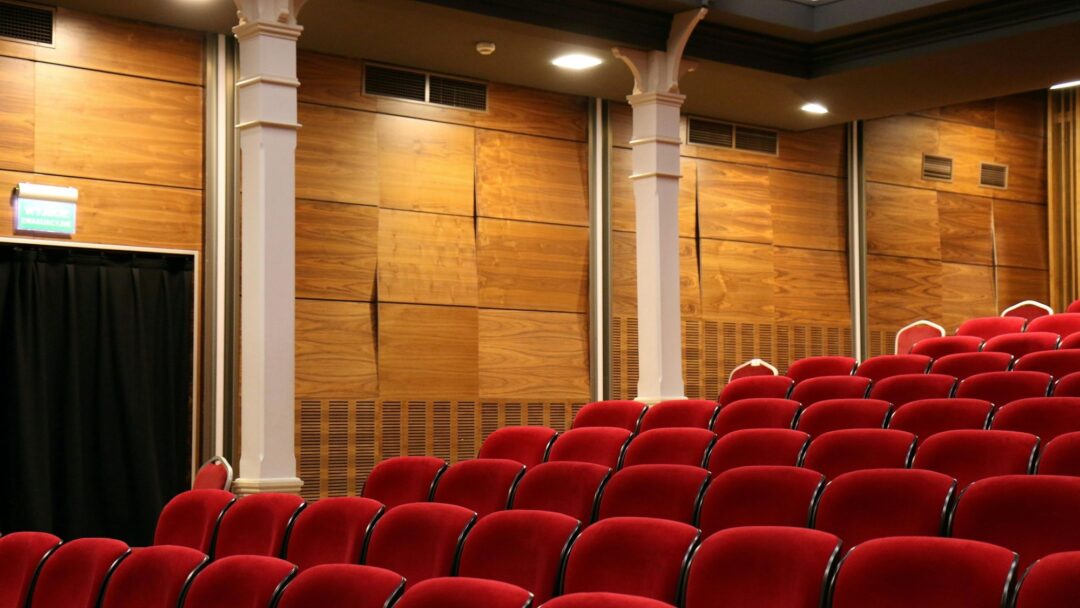
Pete Horsley is the Founder of Remarkable, a global start up and initiative of the Cerebral Palsy Alliance.
Pete Horsley - Remarkable Disability Tech Summit
Ablequest by 2RPH
Pete Horsley - Remarkable Disability Tech Summit
•14 mins
Audio